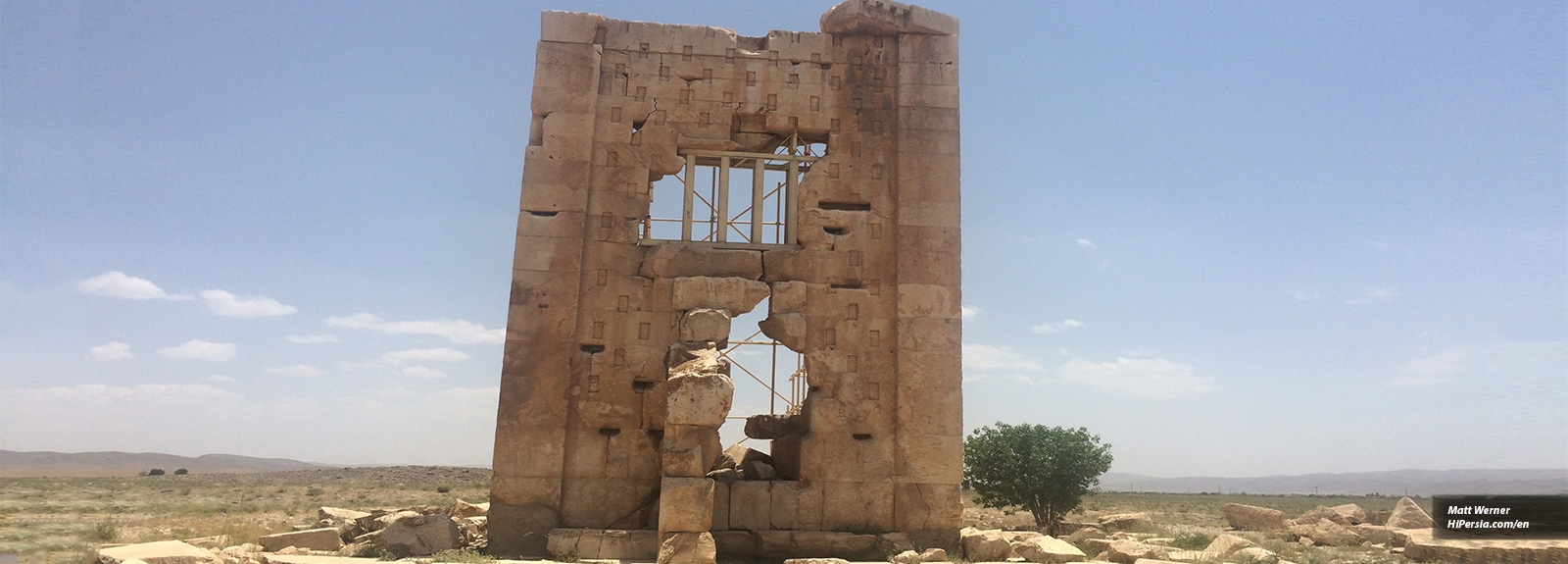



In Naqsh-e Rustam, there is a very cryptic building that only the western facade of this monument is still standing.
There is a damaged building in the ancient Pasargadae site in Shiraz. This tomb is located beside the monuments of Takht-e Soleyman. The historians guess that this is the tomb of Cambyses. This ancient tomb is also called King Solomon’s Prison by locals.
Cambyses II, who was the son of Cyrus the Great, was crowned king upon the death of his father. In 525 BC, Cambyses invaded Egypt. After this great victory over Egypt, Cambyses decided to conquer another part of Africa. In 523 BC, the worrying news of people's rebellion forced Cambyses to return from Nubia to Egypt. On the way back, a group of Corps’ Cambyses died because of a supply famine. Historians say that Cambyses finally returned to Persia and suppressed the enemies' conspiracies. The Persians said to Cambyses, "Tyrant" because he was Half crazy, an oppressor, and insolent. According to the Behistun Inscription and the official texts of the Babylonians, Cambyses died after July 522 BC.

The cause of the death of Cambyses is ambiguous. Archaeologists say maybe this tomb was damaged during the rebellion in the reign of Cambyses. This tomb was restored at Darius's order when he was crowned king upon the death of Cambyses. The Cambyses tomb is so similar to the Cube of Zoroaster, which it built as another identical monument at Naghshe-Rostam by the great Darius's order. The omb of Cambyses is one of the masterpieces of Achaemenid engineers and artists. The stones used in the construction are like marble brought from Mount Sivand.
You can get there at any season, but May is the best time to travel to Shiraz. Remember that May is the high season of Shiraz.
After visiting Pasargadae, you can visit the Cambyses tomb. The distance between these archaeological sites is about five minutes by car. If you go on the Pasargadae road to the northeast, you can reach this tomb.






“Oh! Squander not this breath that Heaven hath lent thee, Nor make too sure another breath to borrow!’” Khayam